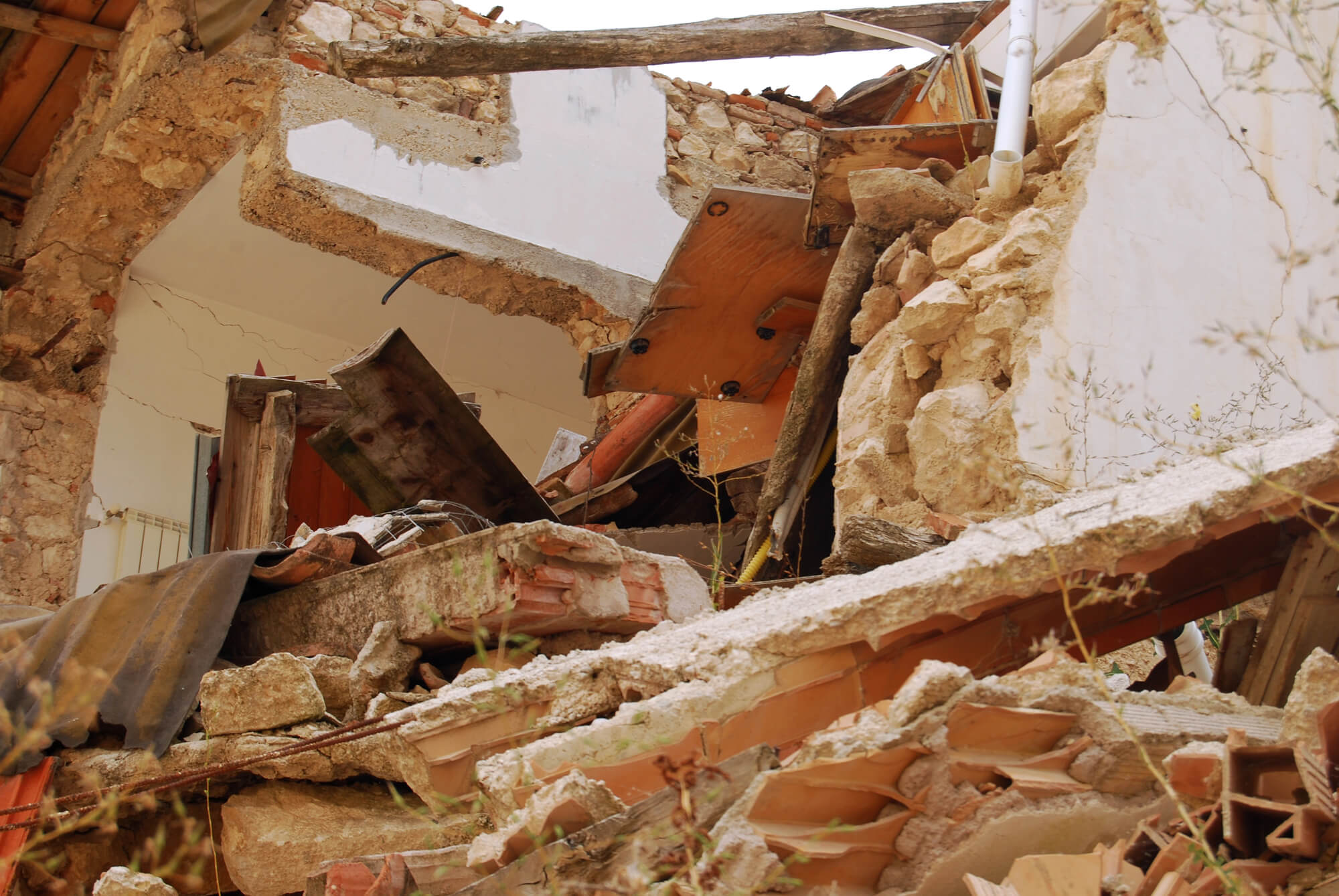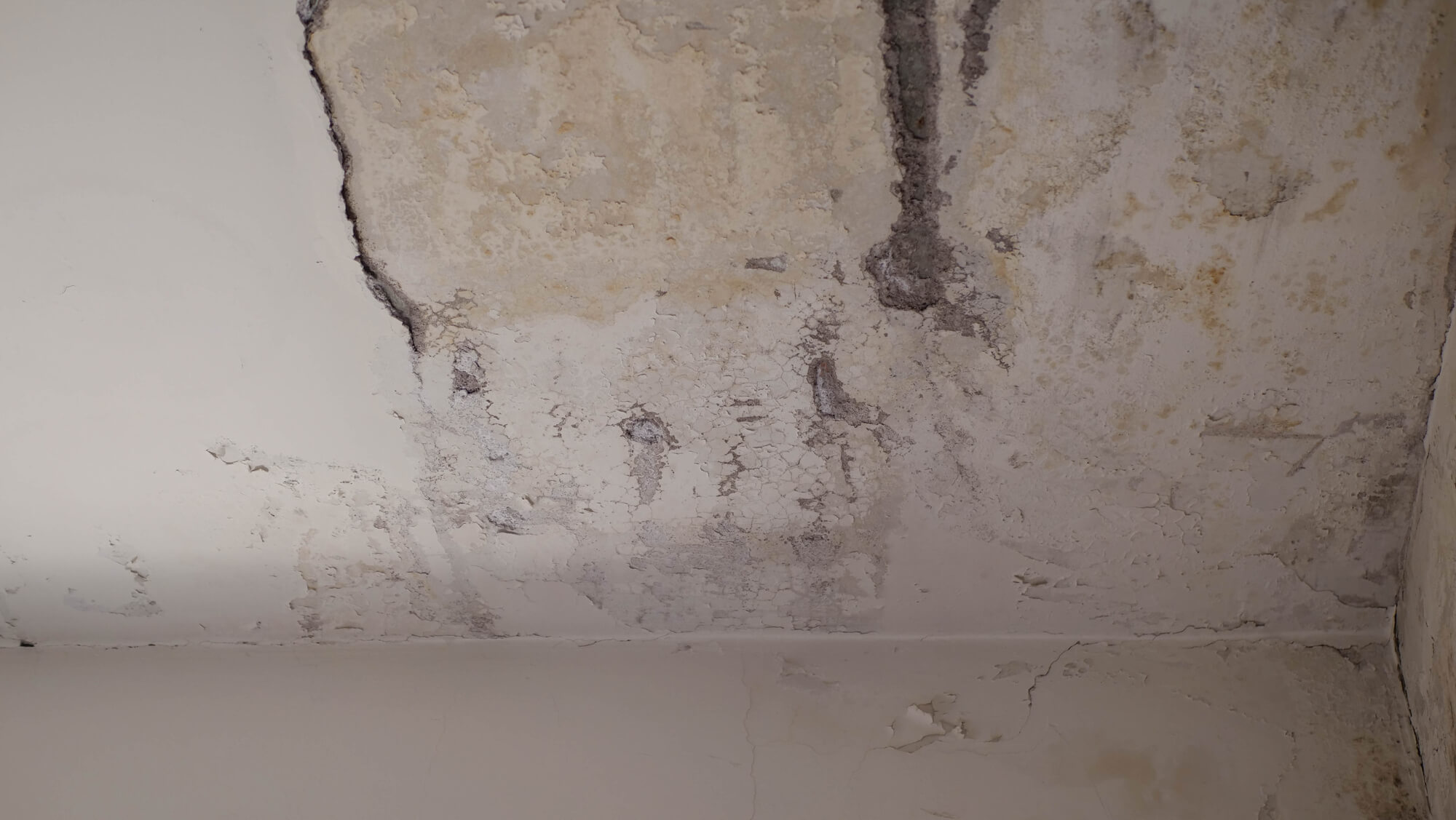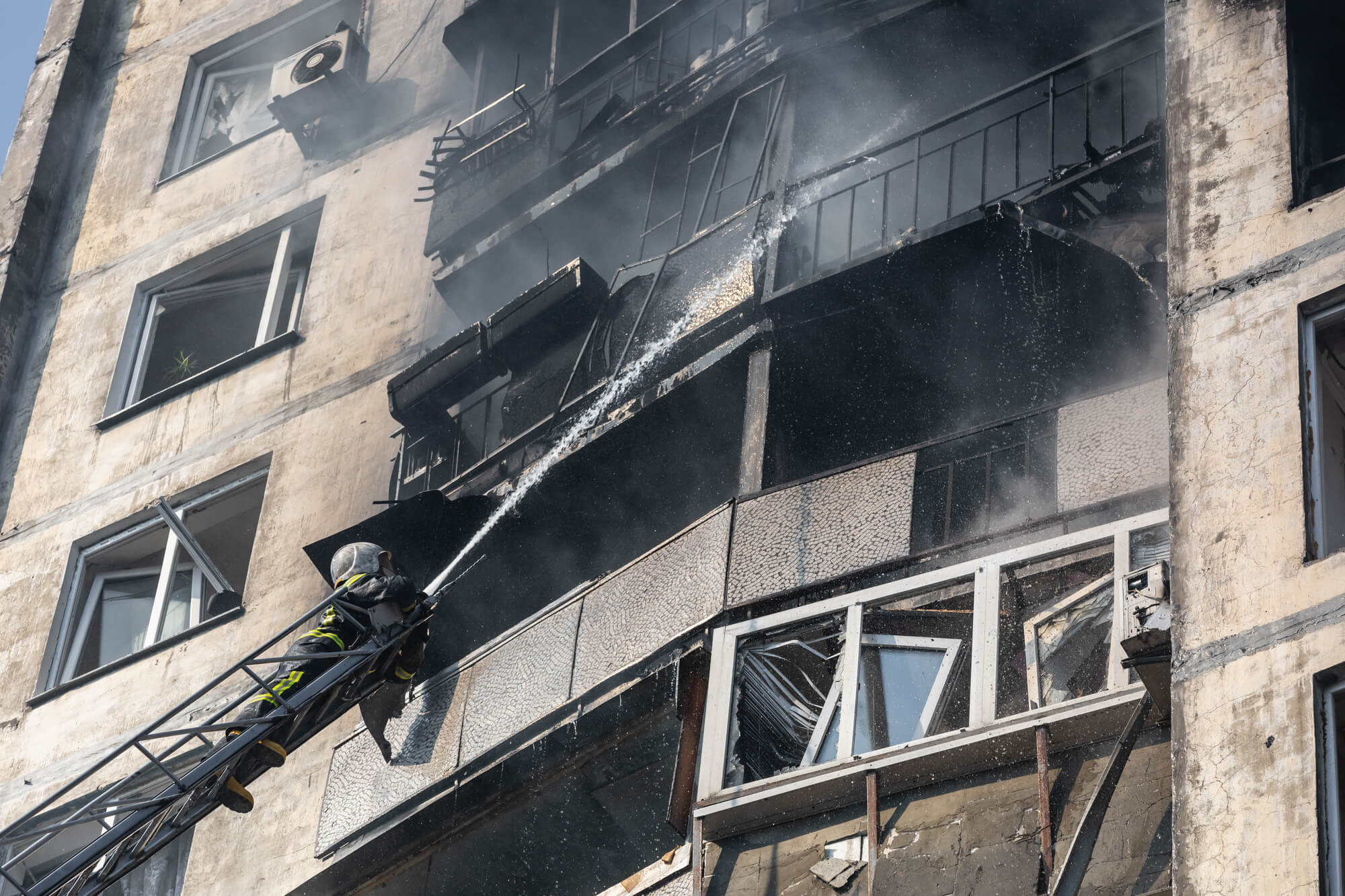December 31, 2025
Snow and Ice Management: Protecting Commercial Roofs and Building Exteriors from Winter Strain
Winter conditions like snow and ice create a very different operating environment for
Commercial properties are constant risk, especially as the storm season approaches. With the 2024 hurricane season predicted to be one of the most active on record, the potential for weather-related emergencies is particularly concerning.
From fierce storms and flooding to fires and biohazard incidents, commercial properties face a myriad of threats that can disrupt operations and jeopardize the safety of occupants. In times of crisis, the ability to act swiftly minimizes damage and ensures a rapid return to normalcy.
At BlueTeam, we have assembled response teams equipped to handle every emergency. Learn the structural implications of different disasters and the importance of prompt action in preserving the integrity of commercial buildings.
We'll also describe the comprehensive emergency commercial restoration services we provide, such as fire suppression, water extraction, and biohazard cleanup.

Fires present a significant risk to commercial properties, often arising from electrical faults, equipment malfunction, human error, or intentional acts such as arson.
Once ignited, fires spread rapidly and can cause extensive damage to structures and inventory. The intense heat generated by fires also affects the integrity of building materials, leading to structural collapse in severe cases.
Moreover, smoke and soot produced during a fire can penetrate deep into surfaces, leaving behind stubborn residues and odors that require specialized cleaning techniques to remove.
Beyond immediate damage, fires disrupt business operations, result in financial losses, and put occupants in danger.
Thunderstorms are a common weather hazard that commercial properties face, particularly during the warmer months. They are characterized by heavy rain, lightning, strong winds, and sometimes hail.
Lightning strikes can cause fires and damage electrical systems, while strong winds associated with thunderstorms can tear off roofing materials, break windows, and topple structures.
Heavy rainfall can also lead to flooding and cause water damage to building interiors, equipment, and inventory.
If not promptly addressed, flooding promotes mold growth and compromises the structural integrity of the commercial property.
Hailstones vary in size and density, ranging from the size of peas to as large as grapefruits, and they’re capable of causing dents, cracks, and punctures to building exteriors.
The impact of hail weakens roofing systems and results in leaks and water infiltration. Damaged siding and windows can also compromise the building envelope, allowing moisture to enter and cause interior damage.
Unlike the problems caused by other weather events, hail damage may not be immediately apparent, requiring thorough inspections to identify and address potential issues before they escalate.
Meteorologists are forecasting an exceptionally active hurricane season for 2024, with projections indicating 20-25 named storms across the Atlantic basin. Among these, 8-12 hurricanes are expected to form, with four to seven potentially becoming major hurricanes.
Furthermore, forecasts suggest four to six of these hurricanes could make direct impacts on the United States. These projections far exceed the 30-year historical average of 14 named storms, seven hurricanes, three major hurricanes, and four direct U.S. impacts.
Hurricanes pose a severe threat to coastal and inland commercial properties, bringing destructive winds, heavy rainfall, storm surges, and flooding. For instance, the high winds associated with hurricanes can cause extensive damage to roofing systems, exterior cladding, signage, and outdoor structures.
Storm surges, caused by the onshore flow of seawater driven by hurricane winds, can inundate coastal properties and result in structural damage, corrosion, and contamination from saltwater and debris.
Finally, inland flooding from heavy rainfall can overwhelm drainage systems, inundate properties, and cause water damage to building interiors and contents.
Floods are a prevalent and destructive hazard faced by commercial properties, resulting from heavy rainfall, storm surges, or overflowing bodies of water. Floodwater can enter buildings through openings such as doors, windows, and utility access points.
Extended contact with stagnant water can lead to the deterioration of building materials, undermining the structural integrity of the property and fostering mold growth. Flooding can pose health and safety risks to occupants as well, particularly if contaminated water is involved.
Damage to load-bearing elements, including beams, columns, and foundations, can weaken the overall structure, making it less stable and safe. This structural compromise poses immediate risks to occupants while increasing the likelihood of further damage in the event of subsequent emergencies or adverse weather conditions.
Fire damage to wiring and electrical components can lead to power outages, electrical malfunctions, and potential fire hazards. Similarly, water infiltration into electrical systems can cause short circuits, corrosion, and electrocution risks.
Water-related emergencies can wreak havoc on commercial buildings' plumbing and HVAC (heating, ventilation, and air conditioning) systems.
Water damage to pipes, fixtures, and equipment can impair functionality and result in leaks, mold growth, and decreased indoor air quality. In addition, prolonged exposure to moisture can promote mold and bacterial growth within HVAC ductwork, affecting occupants and complicating remediation efforts.
The exterior components of commercial buildings, including roofs, windows, doors, and facades, are particularly vulnerable to damage during emergencies. Roof damage, such as missing shingles, punctures, or structural failures, can compromise the building envelope and allow water infiltration and structural deterioration.
Broken windows and doors expose the interior of the building to the elements and compromise security and occupant safety. Finally, damage to exterior cladding, signage, and other fixtures can detract from the building's aesthetic appeal and functionality.

When Hurricane Beryl struck Texas, BlueTeam was on the ground within hours, providing critical support during the Houston outage. Moreover, we delivered over 20,000,000 watts of power to affected areas, showcasing our commitment to rapid and effective emergency response.
Our experts bring the same level of urgency and expertise to every emergency, ensuring your needs are met with the following services:
In the event of biohazard incidents or chemical spills, our decontamination services focus on safely removing hazardous materials and restoring a safe environment for occupants.
Our technicians always adhere to strict protocols and utilize specialized equipment to decontaminate affected areas thoroughly. The process involves containing and isolating the contaminated area, removing contaminated materials, and implementing disinfection and deodorization measures to ensure the space is safe for reoccupation.
Our water extraction and damage restoration services are designed to address the aftermath of water-related emergencies, such as floods, burst pipes, or leaks.
We employ advanced water extraction techniques and industrial-grade drying equipment to remove standing water and moisture from affected areas. We also conduct thorough assessments to identify hidden moisture pockets and potential structural damage.
Our restoration process includes the following:
Biohazard incidents require specialized expertise to ensure safe cleanup and decontamination. Our biohazard mitigation services involve assessing the extent of contamination, implementing proper containment measures, and removing biohazardous materials.
Our technicians utilize personal protective equipment (PPE) to minimize exposure and prevent cross-contamination. Once the affected area is decontaminated, we perform thorough cleaning and disinfection to restore a safe and sanitary environment.
Following a fire emergency, our fire restoration services focus on assessing and mitigating fire damage, smoke damage, and water damage to affected properties.
Our team conducts comprehensive evaluations to determine the extent of damage and develops a customized restoration plan, which may involve debris removal, structural drying, smoke and soot removal, and odor mitigation.
We work closely with insurance providers and contractors to facilitate the process and expedite the restoration of the property to its previous condition.
Mold growth can occur following water-related emergencies or prolonged moisture exposure. During our mold remediation efforts, we identify and address the source of moisture, contain and isolate affected areas, and safely remove mold-contaminated materials.
Our technicians utilize HEPA filtration systems and specialized cleaning agents to eradicate mold growth and prevent recurrence. We also provide recommendations for moisture control and prevention strategies to minimize the risk of future mold issues.
In the aftermath of emergencies such as fires, storms, or vandalism, BlueTeam offers emergency board-up services to secure commercial properties.
Our team quickly responds to assess the extent of damage, board up windows, doors, and other openings, and implement temporary security measures. Emergency board-up protects properties from unauthorized access and weather exposure and minimizes safety risks and vandalism potential.
BlueTeam provides temporary roofing solutions to minimize damage and protect properties from water infiltration. Moreover, we offer roof restoration services, including repairs, replacement, and reinforcement, to restore the integrity of damaged roofing systems.
If a commercial property is facing roof damage or leaks, BlueTeam offers emergency tarping services to provide temporary protection and prevent water intrusion. Our team deploys tarps to cover damaged areas, reducing further water damage and facilitating the restoration process.
Aside from emergency response and restoration services, we offer reconstruction solutions to restore commercial properties to their pre-loss condition. We manage every step of the reconstruction process, guaranteeing high-quality work and finishing on schedule.
Regardless of the solution your commercial property requires, our goal is to minimize disruption, maximize efficiency, and deliver results that exceed our clients' expectations.

Prepare for the upcoming storm season and safeguard your commercial property against potential consequences by contacting BlueTeam. Our team is ready to assist you in mitigating risks, responding to emergencies, and restoring your commercial property to its pre-loss condition.
Whether you need restoration, reconstruction, or roofing services, BlueTeam is here to support you every step of the way. You can report losses through our BlueTeam app or reach out to us directly for personalized assistance. Contact us today to get started.